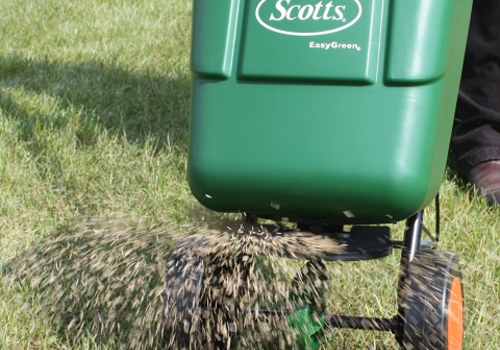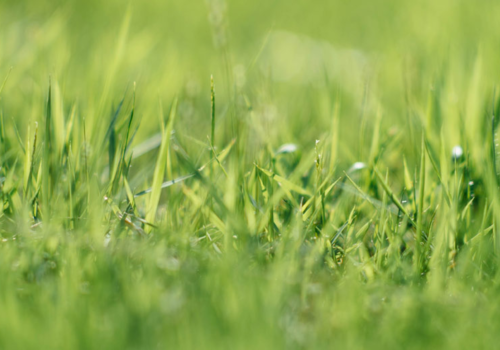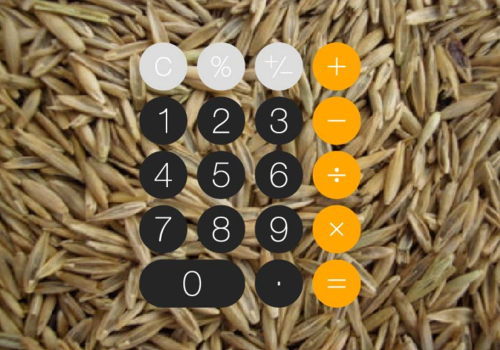
To work out how much grass seed you need, you will have to measure the area of the proposed lawn. The sowing rate differs for different purposes so check our 'how much seed do I need?' guide for advice. You should add 10% extra for mismeasuring, 10% for seeds that will be eaten by birds and keep an additional 10% back for filling in any thin spots a month after sowing. If you add a third more seed to the final figure for your area you should have plenty and any excess can be used for future lawn repairs.
Sowing a new lawn
A new lawn needs five things if it is going to grow properly:
- Warmth
- An even distribution of seeds
- Good contact between seeds and soil
- Constant moisture
- Light
Even seed distribution
You can sow your grass seed by hand, but even seed distribution is easier if you use a spreader. We have a range of seed spreaders for every size of lawn and you can also use your seed spreader for putting down fertiliser, so do not worry about spending money on something you will only use once.
We recommend splitting your seed into at least two lots, spread in at least two directions. Keep a bit back for a final hand-spread at the edges, so your precious seed does not end up on your driveway, path or flower beds instead of in the lawn. If you did not add granular lawn fertiliser such as our BS pre-seeding lawn fertiliser when you prepared your lawn, this is a good time to add it.
Good contact between seeds and soil
First, rake over the surface of the soil to open it up and prepare it for seeding. Then sow the seed and rake over the surface to mix the seed and the soil. Finally, use a light roller to roll the lawn in two directions.
Constant moisture
A dry lawn will not develop a good root structure. To keep the lawn from drying out, lightly water it with a fine spray twice a day for the first fortnight. If your droplets are too large, or you water it too heavily, the seeds can move and spoil your even distribution.
For the next two weeks water every day or two, depending on rainfall. If there is no rain then increase the frequency. In the second month you can water more heavily, but reduce the frequency to twice a week. Finally, keep watering once a week for the remainder of the first six months.


